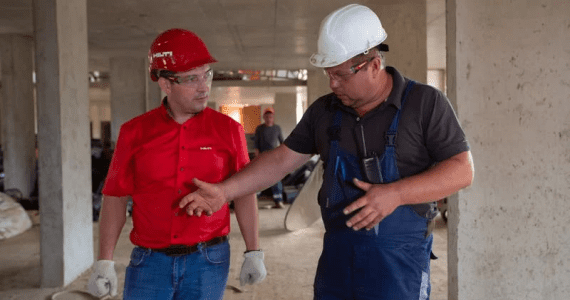New Hybrid work Model Implemented

After setbacks and delays due to the pandemic, Ford Motors welcomed the salaried workforce back to its offices, with massive changes in workplace policy. Ford had established the traditional five-day, 40-hour workweek norm. Its hybrid work model allows non-site-dependent employees to work flexibly between a Ford campus location and from remote locations. Ford felt most employees would return to the office when the plan rolled out as they had polled 56,000 workers working remotely in June 2020 about work preferences post-pandemic and 95% desired a mix of remote and in-office work, with 5% willing to work onsite. On April 4, willing employees, were welcomed back into the workplace but numbers were lower than expected. While it’s early times, Ford workers are able to do collaborative team-based brainstorming and work strategically together. Some key observations since welcoming back workers at Ford, are given below:
Focus on auto manufacturing jobs
As Ford has many employees with jobs where remote or hybrid work is not feasible, the nature of work clarifies where and how work gets done. In manufacturing plants, work in the facility is essential and in those locations, the focus is on making the work environment, more conducive and inviting as possible, and the additional amenities and tools and amenities that can be provided. Ford has initiated a sincere effort to improve manufacturing facilities, improve worker well-being, nutrition, and natural light in the space, as these conditions positively impact the work experience.

For knowledge workers, Ford requested departments to meet their teams to create a plan about what can be initiated in a 90-day period, with questions about key work tasks, and the best ways to complete those tasks. Ford intends to measure worker sentiment, while measuring employee experience over these 90 days, and will also be measuring worker output and whether employees are able to work with the agency and within these choices, and always remain as productive as they need to be.
Collecting data about new office habits
Ford has redesigned 33% of work facilities in Michigan to be conducive for hybrid work, as per a road map to continue over the coming years. Ford assumes 50% of employees remain in office on any given day, but will test that hypothesis for clarity over the coming months. Ford confirmed a tiny workforce reduction on when reporting a net loss of some $3.1 billion in it’s first quarter, due to loss in value of the 12% stake in the EV start-up company Rivian Automotive. While shifting to EVs, 580 US agency workers and salaried employees, mostly in engineering, were laid off as per Ford+ turnaround plan. The company will not reduce its number of facilities, but will utilize the spaces possible for hybrid work.
Efficient use of Space

With workers back in the office, Ford monitors how office/factory spaces are being used, as they have very clear data about traffic patterns, the crowded days and use sensors in many facilities to measure types of spaces in use and for what purposes. With no perfect answers available, going back to how they worked pre-pandemic, is no option. This as an opportunity to re-design and re-imagine work norms with experiments and invest in securing employee feedback, their sentiments and re-design work norms.




